DIY Plumbing vs Hiring a Professional: What Should You Do?
DIY Plumbing 12 Minute Read
Your having plumbing issues but aren’t sure how to tackle it? The age-old question for homeowners: DIY plumbing vs hiring a professional. You have a few options on how to deal with things.
You can either assess the situation and tackle the problem on your own, or you can hire a professional to get the job done.
How do you know when a plumbing job is outside of your skillset? or beyond your toolbox? Find out when DIY plumbing may suffice and when you should call in a professional.
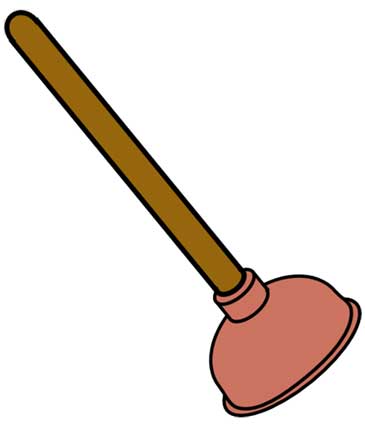
Situations Where You Can Do It Yourself
Using a scale between 1 – 10 we breakdown the difficulty of common plumbing problems.
There are many instances where doing the job yourself will save you money in labour but cost you your time. Here are some cases.
Most DIY plumbing jobs require your water to be turned off to your property. This is normally achieved by turning the mains stopcock off that services your property. Sometimes you may be lucky to have a service valve to isolate the pipework where the problem is.
1. Clogged Toilet Difficulty 5 / 10
Clogs can be easy to deal with. Most of the time, all it takes is a plunger and some elbow grease to get rid of the problem.
If you don’t have a plunger, you can pour half a cup of dish soap down around the sides of the bowl accompanied by hot water. The dish soap will sink to the bottom and coat the pipe.
Leave dish soap for fifteen to twenty minutes—this will provide you with some lubrication, so hopefully, on your next flush, it will go down smoothly.
Sometimes blockages can form deeper into the drainage system. In these situations, most of the time a plunger or soap will not help and only a professional plumber will do.
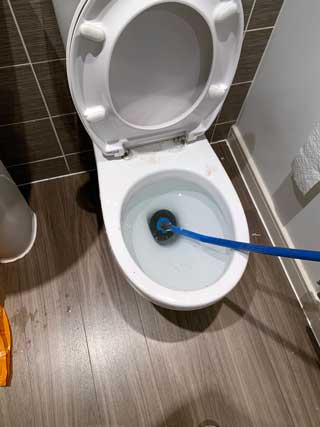
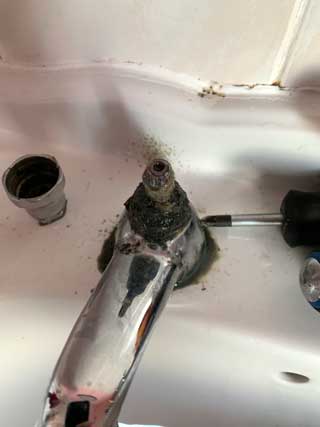
2. Dripping or Leaking Taps Difficulty 6 / 10
This is a job that most DIYers can do themselves. When a tap is dripping or leaking, this means the internal components to your tap body have gone bad.
You can do this in one of two ways. Replace internal components or install a new tap. If you are in an area where the water is hard like London, it is likely best to replace the tap as hard water makes it extremely difficult to undo and replace components.
Whichever way you choose always make sure the water supply has been safely turned off. If you are choosing to replace the internal components, start by shutting the hot and cold water valves off.
Turn on one valve at a time to see which one is leaking. Sometimes it is hard to determine hot or cold is leaking in particular on mono mixer taps. In these instances turn off the cold first and see if the dripping ceases. If it does not then the problem is on the hot side. Once you determine which one it is, disassemble the handle and replace either the washer or the cartridge dependant on the type of tap. Doing this should fix the problem.
Turn your water back on and check the operation of the tap and for any leaks.
3. Slow Draining Shower or Sink Difficulty 6.5 / 10
When a sink or shower drains slowly, this means there is a blockage somewhere in the drain pipe. Start by removing the screen to the sink or shower. You can use a wire hanger to snake out the blockage—make sure you have a garbage bag handy—or you use a plunger, and let the blockage pass through.
If those don’t seem to clear it, pour a mixture of baking soda and vinegar down the drain. This mixture will help dissolve the clot making it easier for the clog to clear.
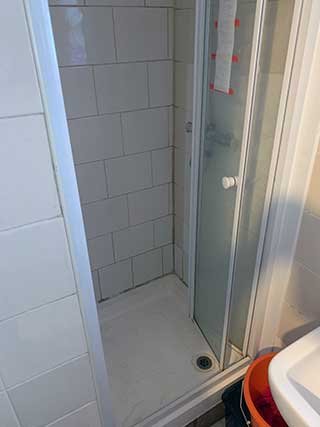
Only for the most experienced DIY-ers 8 / 10 and above
Aside from the situations that we covered above, the tasks below can be done yourself, but as a fair warning, proceed with caution because these situations will require plenty of research and the availability of an assortment of tools to your disposal.
4. Fixing a Garbage Disposal Difficulty 8.5 / 10
Garbage disposals can be a source of leaks and can be a cause of significant flooding. Number one rule when working on any electrical item is to ensure the power supply has been safely isolated.
It is always nice to start and finish a job with the same amount of fingers!
You can now check the hose attachments to see if that’s where the source of the leak is coming from. Tighten all clamps and hose connectors to make sure they weren’t just loose.
If the garbage disposal continues to leak or doesn’t work at all, you will need to replace the unit. Replacing garbage disposal isn’t too tricky, as long as you know what you are doing but is often a long time-consuming process added by the fact that most often pipework will also need to be adjusted.
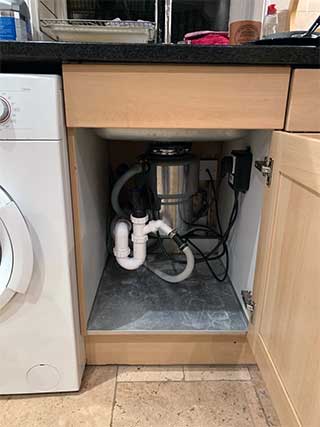
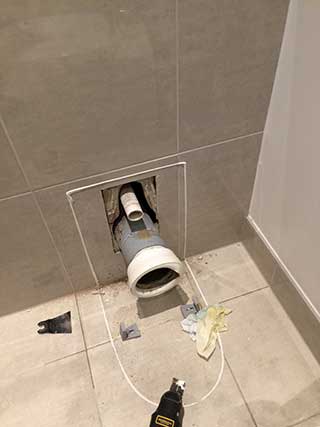
5. Replacing a Toilet & Cistern Difficulty 9 / 10
Most people don’t want to replace a toilet, but if you’re up for the task, it’s not that difficult but can be time-consuming. You’ll want to isolate the water off to the toilet. Flush the water from the toilet cistern and soak up the remaining water in the toilet cistern with a towel.
Unscrew the two bolts from underneath the toilet cistern and lift the cistern off of the toilet pan. Unscrew the pan from the floor and lift the pan out of the way. Remember that there will always be foul water left in the toilet pan, so move it slowly. Remove the waste spigot from the soil pipework and dispose of them.
Stuff the sewer hole with a rag to prevent gasses anything from falling in the hole. Replace waste spigot and install your new toilet.
As stated, it is not very hard but is always smelly, messy and time-consuming.
6. Dealing with Frozen Pipes Difficulty 8 / 10
Frozen pipes can be a nightmare, but the one thing you want to do is remain calm and do a little bit of DIY plumbing problems troubleshooting before you make a service call.
Locate the frozen pipe. Start turning on faucets, and if one doesn’t work, trace the pipe to the source. If you follow the pipe, you’ll most likely find a section that has frost on it. Do the following once you find the location of the frozen pipe.
- Use a low power space heater
- Apply hot towels to the pipe
- Use an electrical heating tape
- Thaw the pipe with a hairdryer on a low heat setting.
It’s essential not to use any heat source with a flame, doing this will heat the pipe too quickly, which can cause the pipe to burst, which is even more expensive to fix.
If you are unsure, make you call in a plumbing professional.
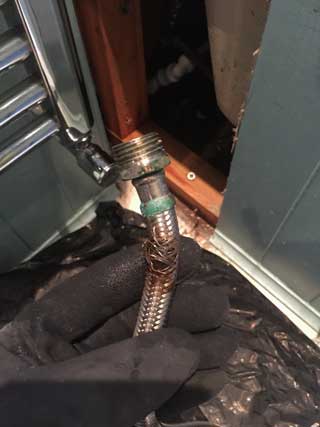
Call a Plumber If These Problems Occur
Not every situation leads to DIY plumbing repairs. There are certain situations where you need to put the tools down and call in a professional.
Installing or Repairing a Water Heater
Water heaters provide the source for your hot water. They also contain a significant amount of pressure and scalding hot water. Simply put, water heaters can explode when they are installed incorrectly. Leave this repair to a certified plumber!
Fixing Broken Pipes
Broken pipes should only be done by professionals only. You’ll need to know why the pipe broke and if there is a need to inspect the entire plumbing system. A plumber has exceptional skill and knowledge to deal with broken pipes the correct way.
Bathroom Renovations
Sometimes you may need plumbing permits or planning permission to tackle bathroom renovations. This will depend on where you live and what type of bathroom renovations you are undertaking.
You don’t want to risk doing it yourself because you can be fined for unpermitted work if you’re trying to sell or rent out a home.
Always call a professional to get the permits you need when venturing into bathroom renovations.
DIY Plumbing or Call a Professional?
When it comes to this question, it all depends on your skillset and ability to research the problem. You’ll also need a wide arrange of tools to get the job done.
Just proceed with caution and take your time with doing it yourself plumbing. Sometimes if someone tries to fix something they aren’t comfortable fixing, it can lead to more expensive problems down the road. When in doubt, call a professional.
If you have any questions relating to your plumbing problems, be sure to contact us, and we can help you the best we can.
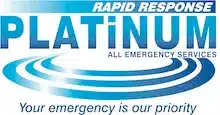
Trackbacks/Pingbacks